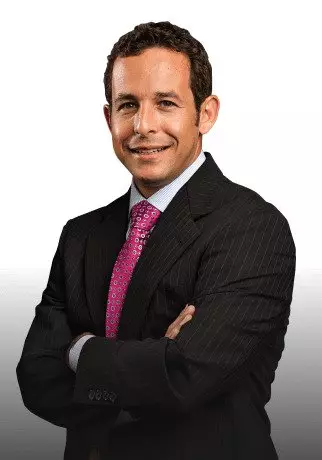The case of a woman named Amy may help to set the stage for the kinds of restitution that individuals convicted of possessing child pornography could be required to pay victims. This month, the Supreme Court is hearing arguments in the Amy case. Amy was sexually assaulted by her uncle when she was a child. The images that her uncle produced and distributed are some of the most popular child pornography images in the world.
What is not disputed in this case is that what happened to Amy is a terrible fate for any child. She understandably insists that the proliferation of images documenting her abuse haunt her. She noted in a victim impact statement taken in 2008 that, “It is hard to describe what it feels like to know that at any moment, anywhere, someone is looking at pictures of me as a little girl being abused by my uncle and is getting some kind of sick enjoyment from it. It’s like I am being abused over and over and over again.”
What is disputed in this case is how much any one individual convicted of possessing images of Amy’s abuse should be required to pay her. The precedent set in this full versus fractional liability case could impact countless other child pornography possession cases in the future, whether or not the images in those cases are of Amy.
In essence, the Supreme Court will be determining whether one individual convicted of possessing images of Amy could be held liable for the total amount of restitution owed her under victim compensation laws as calculated by how many individuals have been convicted of offenses related to images of her. According to the New York Times, Amy’s images have factored into more than 3,000 cases so far.
Victims of child sexual abuse should be able to seek proper restitution. However, no one single possessor of a child’s images should be held liable for the thousands of other individuals who also possess those same images. Hopefully the Supreme Court will recognize the injustice in trying to hold one individual accountable for the fault of thousands.
Source: The New York Times, “Allocating Liability for Child Pornography, in Full or Fractional Shares,” Adam Liptak, Dec. 2, 2013

